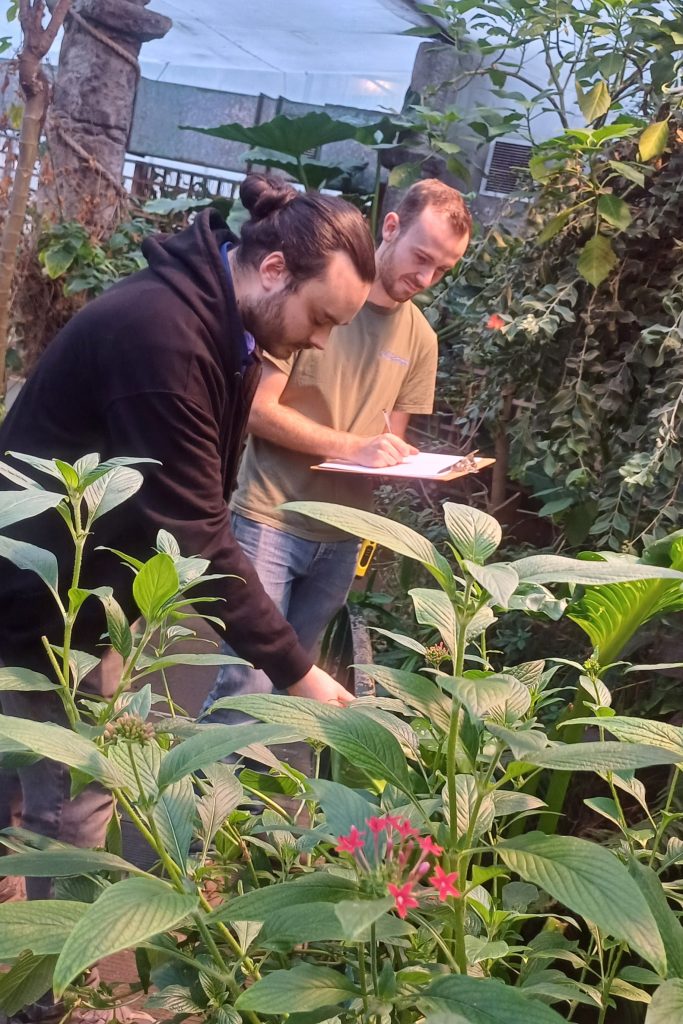The Stratford Butterfly Farm has achieved an unprecedented milestone in its 40th anniversary year, now housing over 500 different species of tropical plants within its climate-controlled environment.
An annual inventory completed in January revealed the popular attraction is home to 503 plant species from 72 different plant families – the highest diversity recorded since the facility first opened to the public in 1985. The comprehensive survey, conducted by the farm’s horticulture team, showed that the collection has been growing at a remarkable pace, gaining approximately one new plant species every three days throughout 2024.
“Recording every different species for this intensive survey was a labor of love and we were completely astounded to discover how many plant species we had,” said Coogan Middlebrook, Head of Horticulture at Stratford Butterfly Farm. “Looking after so many beautiful plants is very rewarding especially as they are an important source of food for our butterflies.”
The diverse plant collection serves multiple purposes within the butterfly farm’s ecosystem. Many flowering species provide essential nectar for the hundreds of butterfly species that inhabit the attraction, while broad-leaved jungle specimens create the structural environment that mimics a natural tropical rainforest.
Among the notable specimens is the endangered Red Seagrape (Coccoloba rugosa), a rare tree native to the beaches of Puerto Rico. The species derives its name from the clusters of red, grape-like fruits it produces, which are edible and said to taste similar to muscadine grapes.
The farm also boasts what are believed to be some of the UK’s largest Swiss cheese plants (Monstera deliciosa). These impressive specimens, native to the tropical forests of southern Mexico, have been growing at the farm since its opening and will celebrate their 40th birthday this year alongside the attraction itself. The plants are recognizable by their distinctive perforated leaves that resemble holes in Swiss cheese.
Botanical experts note that the collection at Stratford Butterfly Farm represents one of the most diverse assemblages of tropical caterpillar host plants found in a public display. These specialized plants are crucial for different butterfly species to complete their life cycles. For example, the Passiflora auriculata, a member of the passion fruit family, is the only known plant on which the Sara Longwing butterfly (Heliconius sara) will lay its eggs.
Dr. Eleanor Hargreaves, a tropical plant specialist with the University of Birmingham, told this publication: “Having this level of plant diversity in a controlled environment in the UK is remarkable. These collections are increasingly important not just for public education, but as living gene banks for species that face habitat threats in their native environments.”
The Butterfly Farm’s achievement comes at a time when botanical gardens worldwide are emphasizing the importance of plant conservation and diversity in the face of climate change and habitat loss.
The Stratford Butterfly Farm is open daily from 10 a.m. to 5:30 p.m. (with last entry at 5 p.m.) every day except Christmas. Visitors can observe hundreds of butterfly species alongside the diverse plant collection, as well as various insects, reptiles, and spiders housed at the facility.



Leave a Reply